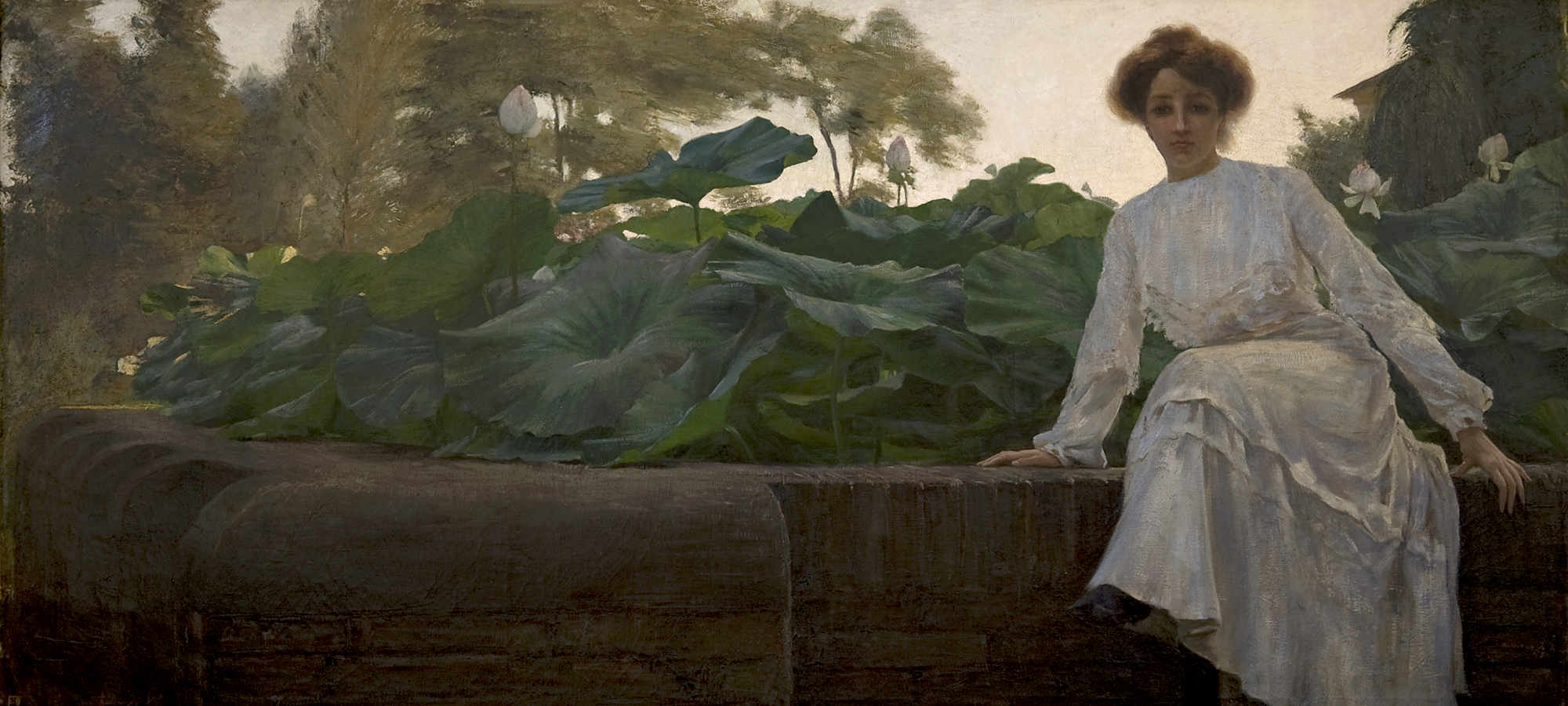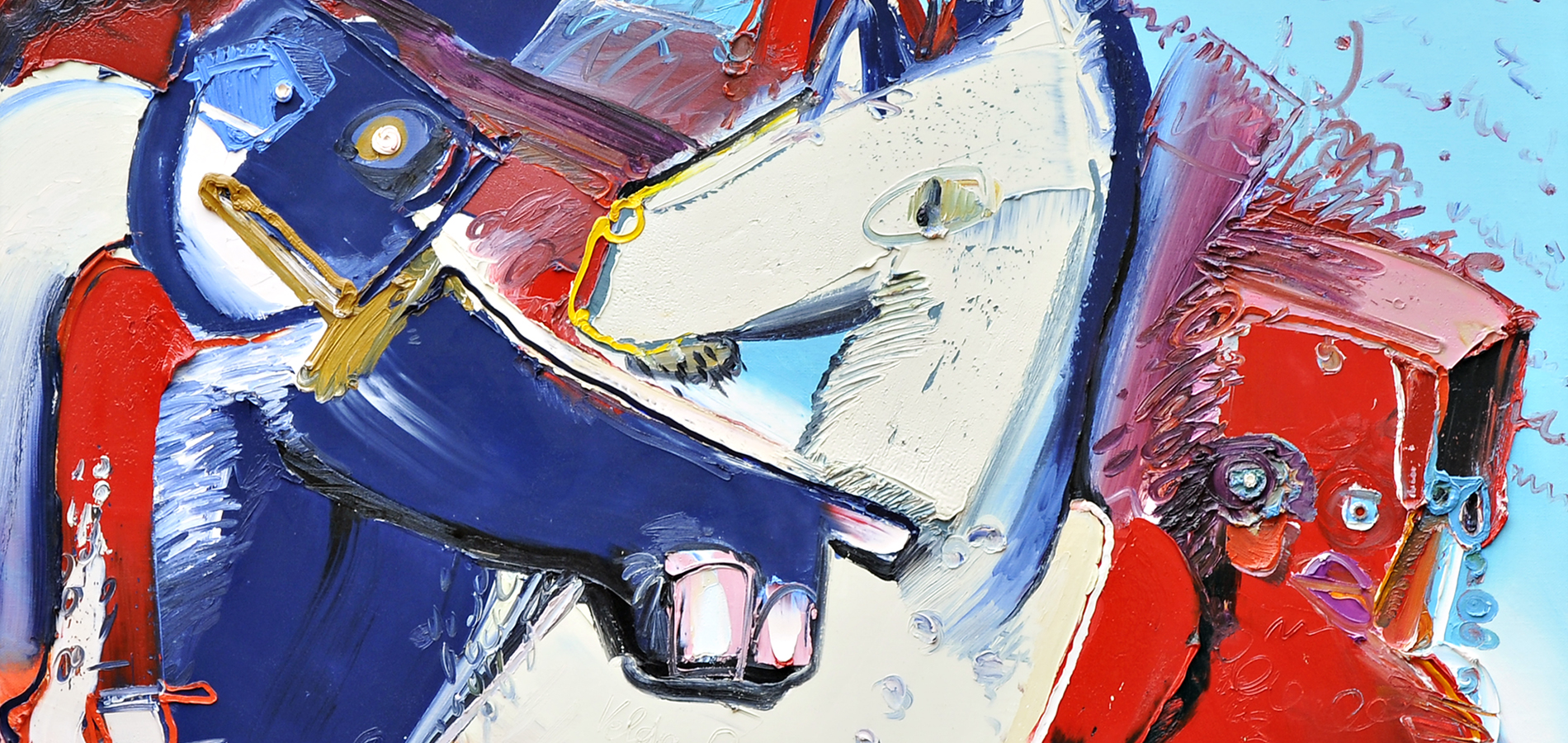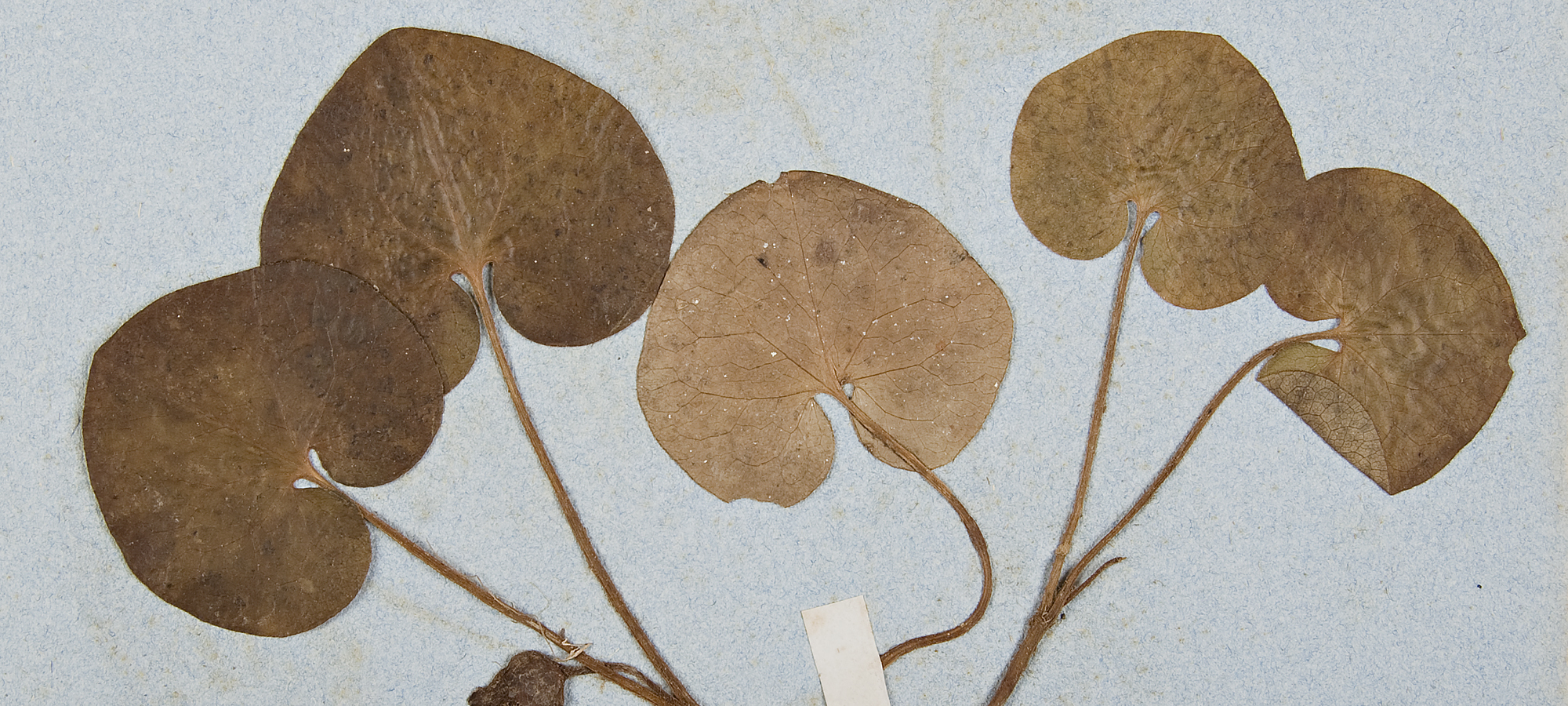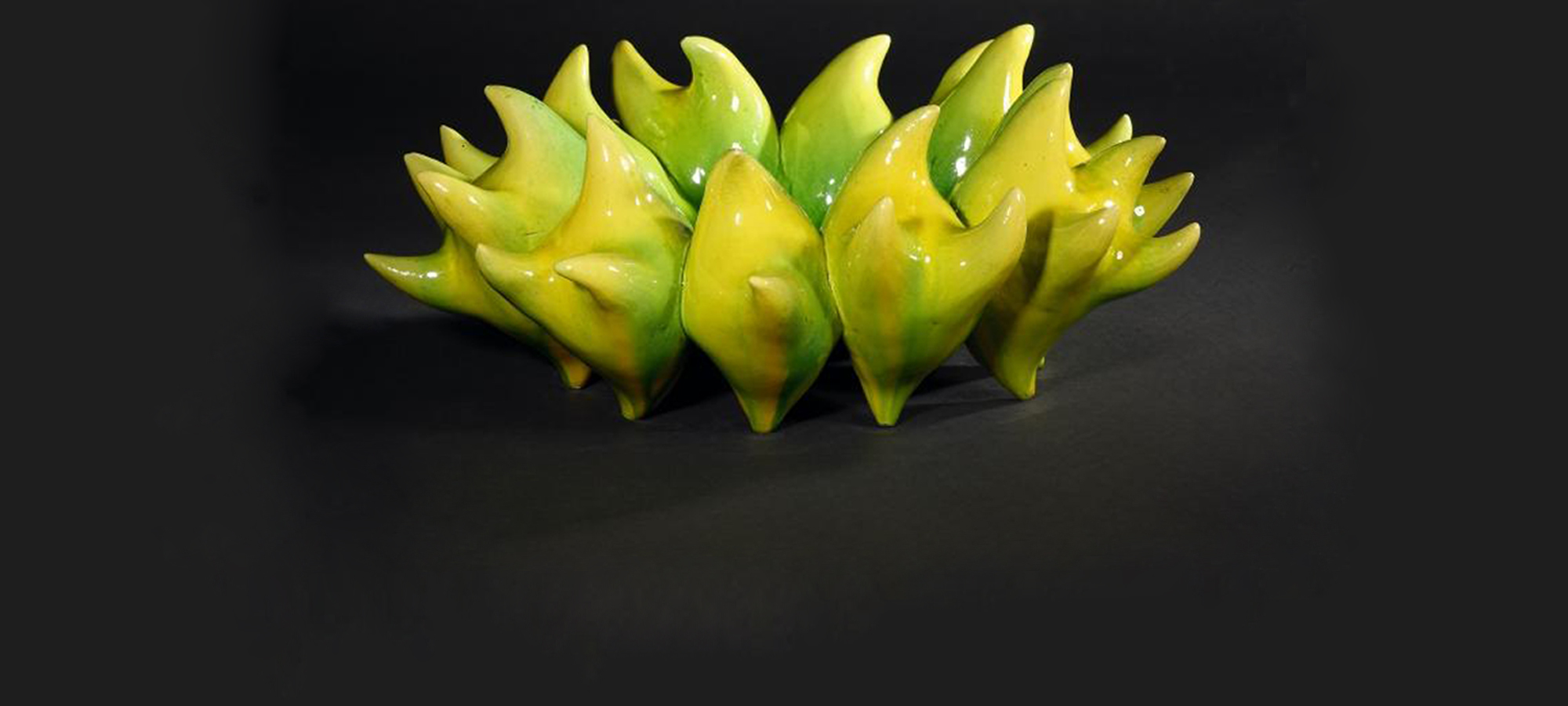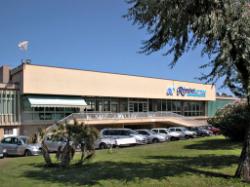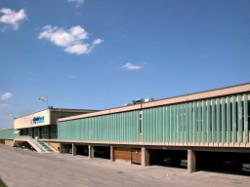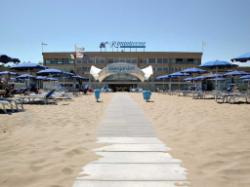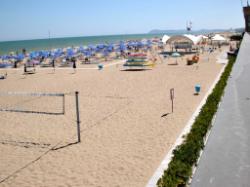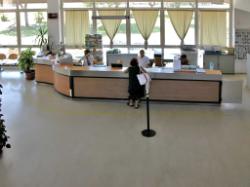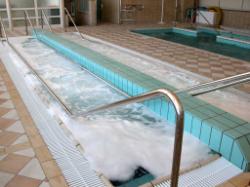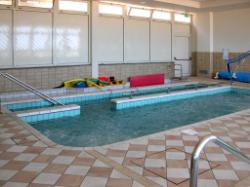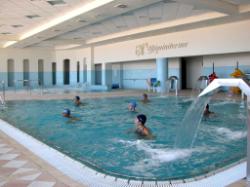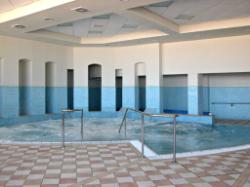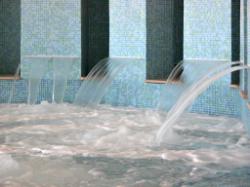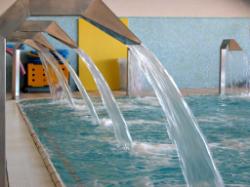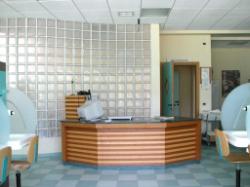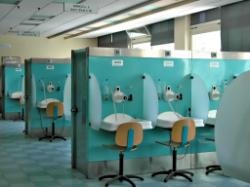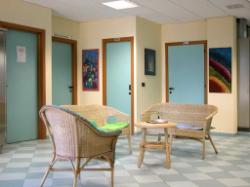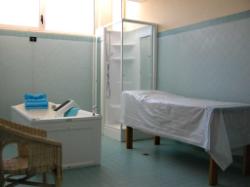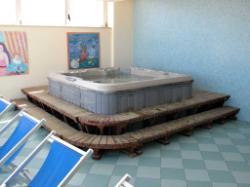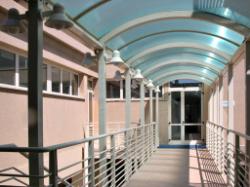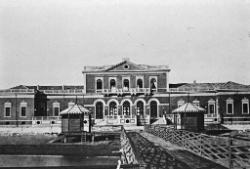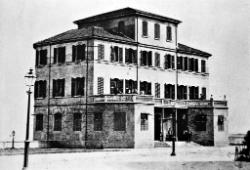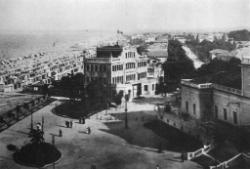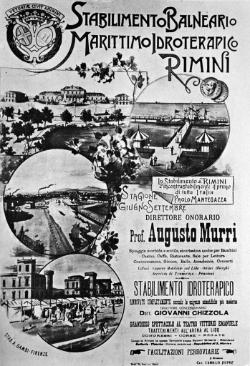Riminiterme
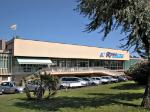
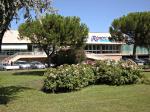
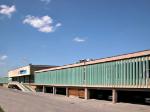
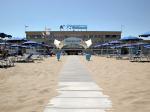
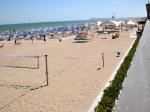
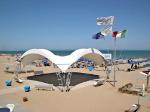
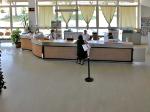
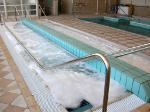
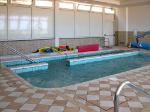
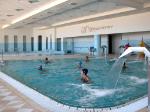
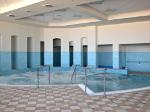
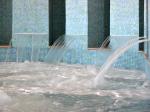
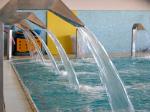
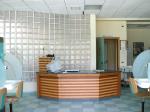
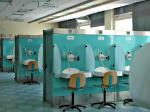

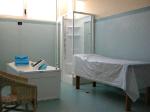
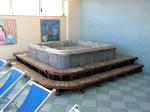
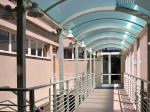
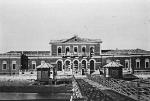

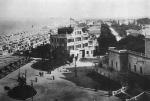
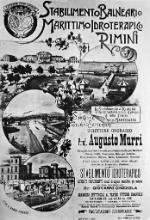
loc. Miramare
Rimini (RN)
In passato conosciuto come Talassoterapico, oggi Riminiterme è un moderno centro termale che sorge sulla spiaggia più grande di Rimini (a Miramare, tra Rimini e Riccione, a due passi dall'aeroporto “Federico Fellini”) ed è l’unico complesso della regione che utilizza acqua di mare e termale per cure e trattamenti.
Rimini fu un importante centro in epoca romana grazie alla sua posizione strategica all'imbocco meridionale della Pianura Padana, sottolineata dall'intersecarsi delle vie consolari Flaminia ed Emilia. In epoca bizantina divenne parte della Pentapoli marittima. Nel periodo della signoria di Sigismondo Malatesta, nel XV secolo, Rimini ebbe uno dei momenti di maggior prestigio, divenendo uno dei centri culturali più animati della penisola. Caduta la signoria, Rimini diventa una città con un ruolo marginale nello stato pontificio. E’ a partire dalla metà del XIX secolo, con le attività balneari, che la città subisce un repentino rinnovamento, che, superata la dolorosa parentesi bellica, la porterà allo sviluppo e alla fama attuale di città consacrata alla villeggiatura e al divertimento. Nonostante i gravissimi danni riportati durante la seconda guerra mondiale, Rimini conserva notevoli manufatti di epoca romana quali il ponte di Tiberio, l’Arco di Augusto e l’anfiteatro romano, nonché testimonianze della presenza dei Malatesta, quale il Tempio Malatestiano, opera di Leon Battista Alberti. Anche l’urbanizzazione moderna, sviluppandosi soprattutto lungo il mare ha risparmiato la parte storica, in posizione più arretrata rispetto all'arenile. I dintorni di Rimini sono ricchissimi di testimonianze storiche e culturali con i borghi collinari che furono dei Malatesta e dei Montefeltro, e anche con tracce di epoche assai più remote come i ritrovamenti villanoviani di Verucchio, nel cui museo sono conservati. La valle del Marecchia, fiume che sfocia presso Rimini, si segnala per la presenza di antichi mulini ad acqua (alcuni dei quali ancora funzionanti).
Caratteristiche delle acque:
acque salse;
acqua marina
Personalità collegate:
Augusto Murri, medico, fu direttore delle terme nel 1879;
Paolo Mantegazza, medico, fu il primo direttore dello stabilimento.
In the past known as Talassoterapico, today Riminiterme is a modern spa that rises on the largest beach in Rimini (in Miramare, between Rimini and Riccione, near the "Federico Fellini" airport) and is the only complex in the region that uses water sea for care and treatment.
Rimini was a major centre in Roman times, thanks to its strategic position at the southern end of the Pianura Padana, highlighted by the intersection of the Flaminia and Emilia consular roads. In the Byzantine Age, it became part of the Pentopoli. During the time of the rule of Sigismondo Malatesta, in the 15th century, Rimini enjoyed one of its most prestigious times, becoming one of the busiest cultural centres in the peninsula. Once the rule was over, Rimini became a city with a marginal Papal State role. From the middle of the 19th century, with the bathing activities, the city underwent a sudden renaissance. Having overcome the painful war period, this brought development and the current fame of the city as being dedicated to holiday and enjoyment. In spite of the very serious damage suffered during the Second World War, Rimini preserves notable remains from the Roman age such as the bridge of Tiberius, the Arch of Augustus and the Roman amphitheatre, as well as evidence of the presence of the Malatesta, such as the Tempio Malatestiano, the work of Leon Battista Alberti. Even the modern town planning, developed particularly along the seafront, has spared the historic part, being placed further back from the sandy shore. The environs of Rimini are very rich in historical and cultural evidence, with the hilly villages that belonged to the Malatesta and Montefeltro families, and also with traces of even more remote ages such as the Villanovian findings of Verrucchio, in the museum of which they are kept. In the Marecchia valley, the river which flows into Rimini, ancient watermills (some of which are still functioning) can still be seen.
Mineral water characteristics:
saltwater (including all subgroups);
sea water
Personalities:
Augusto Murri (physician)
Paolo Mantegazza (physician)


